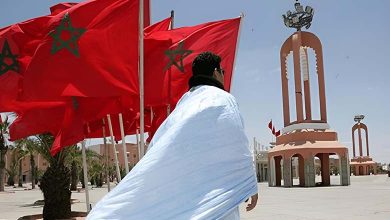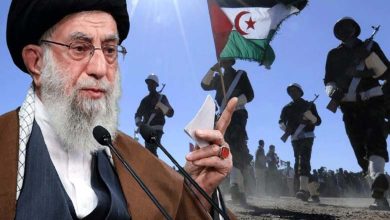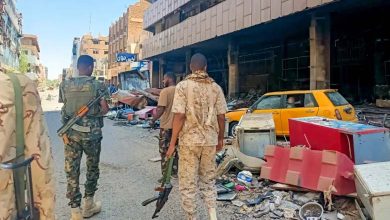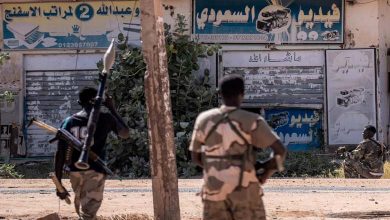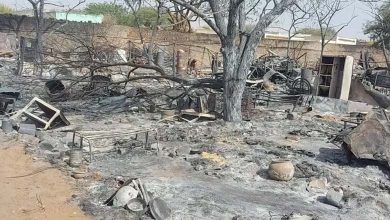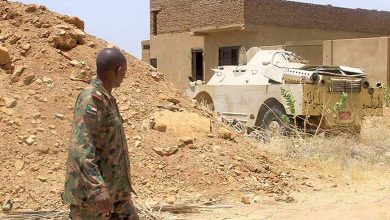Port Sudan, the gateway of Iran to Africa?
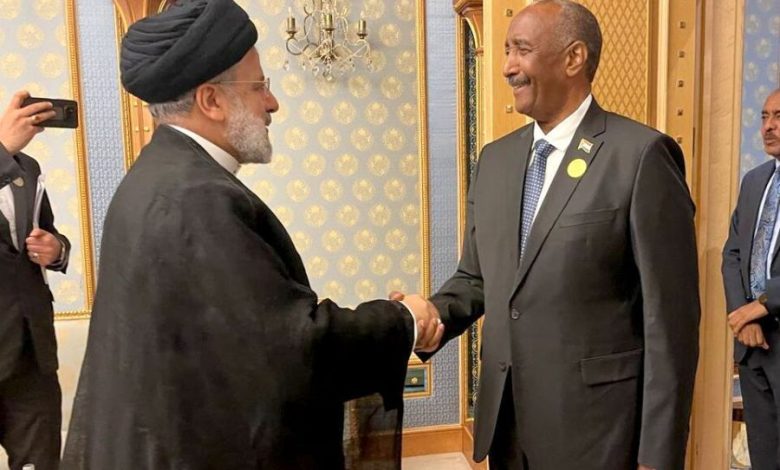
Sudan, ravaged by wars, depleted of its lands, scarce in resources, and plunged into fear, conflict, and fighting, has become a country where its people struggle for survival due to the ambitions of the Muslim Brotherhood. This nation, once rich in natural resources, now finds its people fighting for a livelihood, with some even paying the ultimate price for it.
There was a helping hand extended, and generously, there were Iranian billions that the Sudanese army found to be an unparalleled opportunity. Especially considering that the Iranian regime was willing to generously pay for the sake of establishing a foothold in the African continent, particularly in a country like Sudan. Given Sudan’s geographic significance, located near Egypt, bordering Saudi Arabia, and with the crucial Port Sudan as one of the important ports in the Red Sea, this geographical location and its international isolation have fueled the appetite of the Iranian regime to forge agreements and treaties with the Sudanese leadership.
Port Sudan as an Iranian Operations Base
This Iranian exploitation is evident in the establishment of massive camps in the Port Sudan region. This confirms that Iran is moving forward in building its military base in this area to tighten its grip on Arab countries. This military base aims to be a strategic point for launching military operations, supporting the Houthis in Yemen, rapidly supplying Hezbollah with weapons, and easily infiltrating remote Egyptian provinces while monitoring Saudi ports with ease.
How did Iran exploit Sudan?
Iran supplied the Sudanese army with unmanned fighter drones, taking sides in a catastrophic civil war fueled by proxy actors eager to gain access to the Red Sea. This has led to the displacement of millions and poses a risk to destabilizing the broader region, according to senior Western officials.
Iran’s involvement in the ongoing conflict, alongside the army that has lost significant territories to quasi-military groups, increases risks for the state located in North Africa, already on the brink of famine. The importance of Sudan’s coastline on the Red Sea, approximately 400 miles long, is highlighted, as it is a competition ground for countries such as China, Russia, and Turkey.
Alan Boswell, director of the African Century Project at the International Crisis Group, revealed that Iran providing drones and other material support to the Sudanese army is “widely accepted in the diplomatic community.” Gaining an ally in Sudan, especially along the Red Sea, would be a significant victory for Iran, but it would raise concerns for other regional and Western powers.
Three Western officials, requesting anonymity to protect sensitive information, disclosed that Sudan received shipments of the “Mohajer 6” drone, a single-engine drone manufactured in Iran by the Jerusalem Aerospace Industries, carrying precision-guided munitions. Analysts who examined satellite images confirmed the presence of the drone in the country.
According to U.S. officials, the “Mohajer 6” is capable of conducting air-to-ground attacks, electronic warfare, and battlefield targeting. The impact of these capabilities in Sudan is unclear.
Arming Sudan is expected to enhance Iran’s military influence in the wider Middle East, supporting groups ranging from Hamas in Gaza to Lebanese Hezbollah and the Houthis in Yemen, in addition to its growing drone program. The United States claims that Iran has already supplied Hezbollah, Hamas, Hezbollah Brigades in Iraq, the Houthis, and the Ethiopian army.
This move also puts Iran in direct confrontation with Saudi Arabia and Egypt. The Sudanese army, UN experts, and Western diplomats say that Iran supports the Rapid Support Forces, the competing group that now controls many major cities in the country. Tehran and the Sudanese army re-established diplomatic relations in 2023 after a seven-year hiatus due to Sudan’s role in the Saudi-led coalition fighting the Houthis in Yemen.
The United States has accused Iran of supplying Russia with Mohajer 6 drones in its war against Ukraine. Washington expanded its sanctions against Iran last year, pointing to “Iran’s continued and deliberate proliferation of drones to empower Russia and its proxies in the Middle East, as well as other destabilizing actors.”
Iran claims that its defense exports have increased in recent years but repeatedly denies sending drones to Russia, stating that Ukraine has not presented any evidence to support its claims. Tehran also denies arming the Houthis, asserting that the group is strong enough to act independently. On January 17, Foreign Minister Hossein Amir Abdollahian stated that it is not Iran’s responsibility if other countries replicate Iranian unmanned aerial vehicles.
Among the evidence proving the presence of the Mohajer 6 drone in Sudan, a satellite image taken on January 9 showed the drone at the Wadi Sayyidna Air Base north of the capital Khartoum, according to Wim Zwijnenburg, head of the Humanitarian Disarmament project at the Dutch organization PAX, which seeks to strengthen peaceful communities.
Zwijnenburg, a drone expert, said in an interview that its wingspan of 10 meters and length of 7.5 meters exactly match the Mohajer 6 drone. He also identified a wireless antenna from the control center inside a truck on the aircraft runway as a common scenario where the drone is operated. He stated that the images circulating on social media showing debris of a small plane shot down by Rapid Support Forces fighters in January clearly showed the tail wing of the unmanned aerial vehicle.
Zwijnenburg documented Ethiopia’s use of Mohajer 6 drones in its war against the Tigray regional government. Jacob Janowski, an open-source intelligence analyst, also confirmed that the characteristics of the drone match those of the Mohajer-6.
No spokesperson for the Sudanese army responded to requests for comment, nor did the Iranian Ministry of Foreign Affairs or the United Nations mission.
The United Arab Emirates has been accused of supplying military equipment to the competing Rapid Support Forces, including drones. When a Sudanese army official publicly made these allegations last month, the resulting dispute led to the mutual expulsion of diplomats. UN investigators described the claims that the UAE had assisted the Rapid Support Forces with supplies from neighboring Chad as “credible.” The United Arab Emirates strongly denies supporting either side and asserts its commitment to providing humanitarian aid and pushing for a permanent ceasefire.



